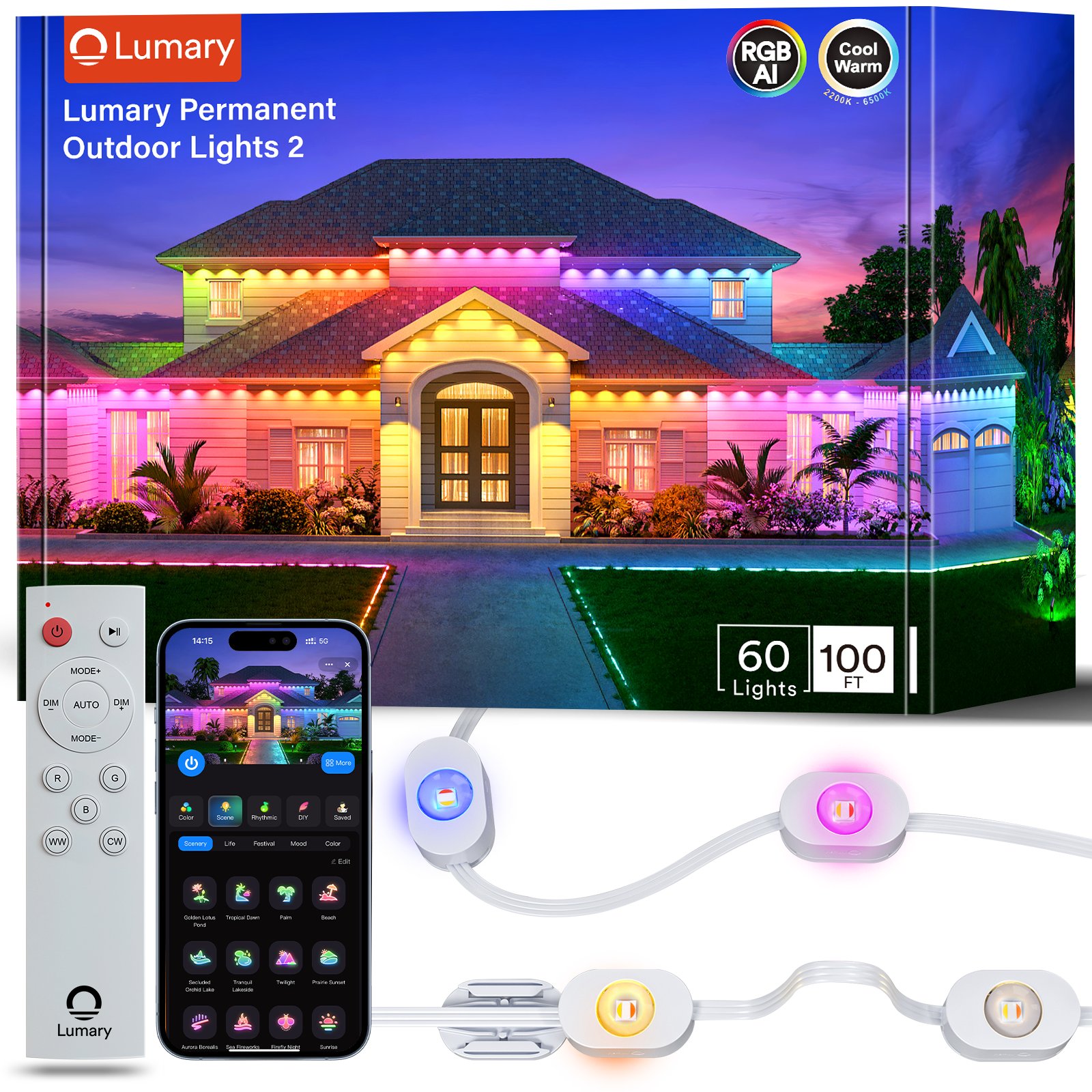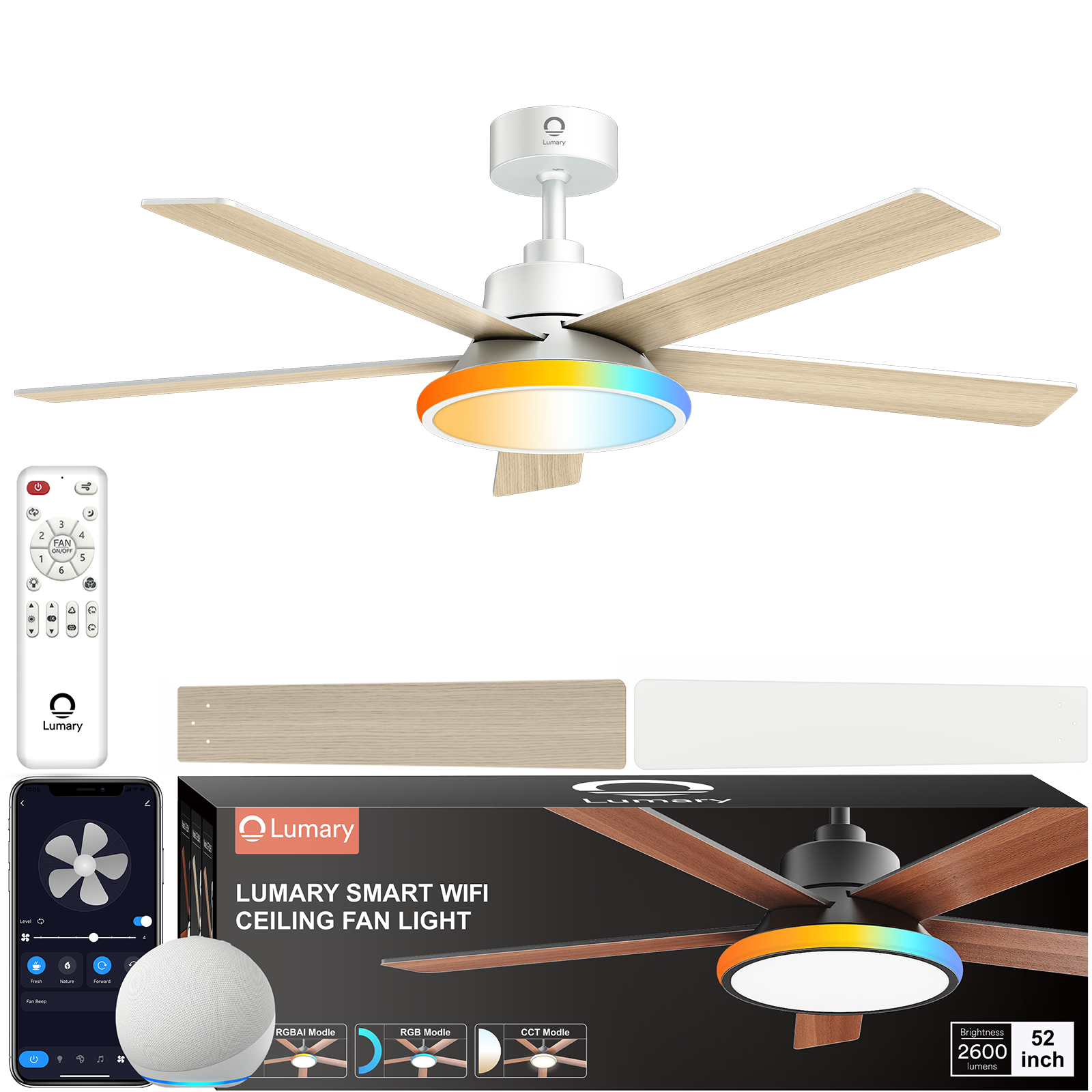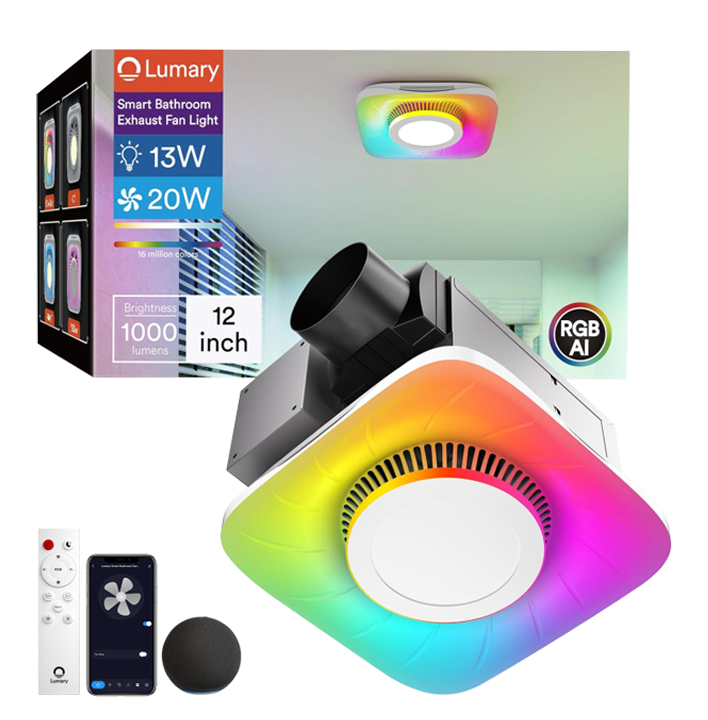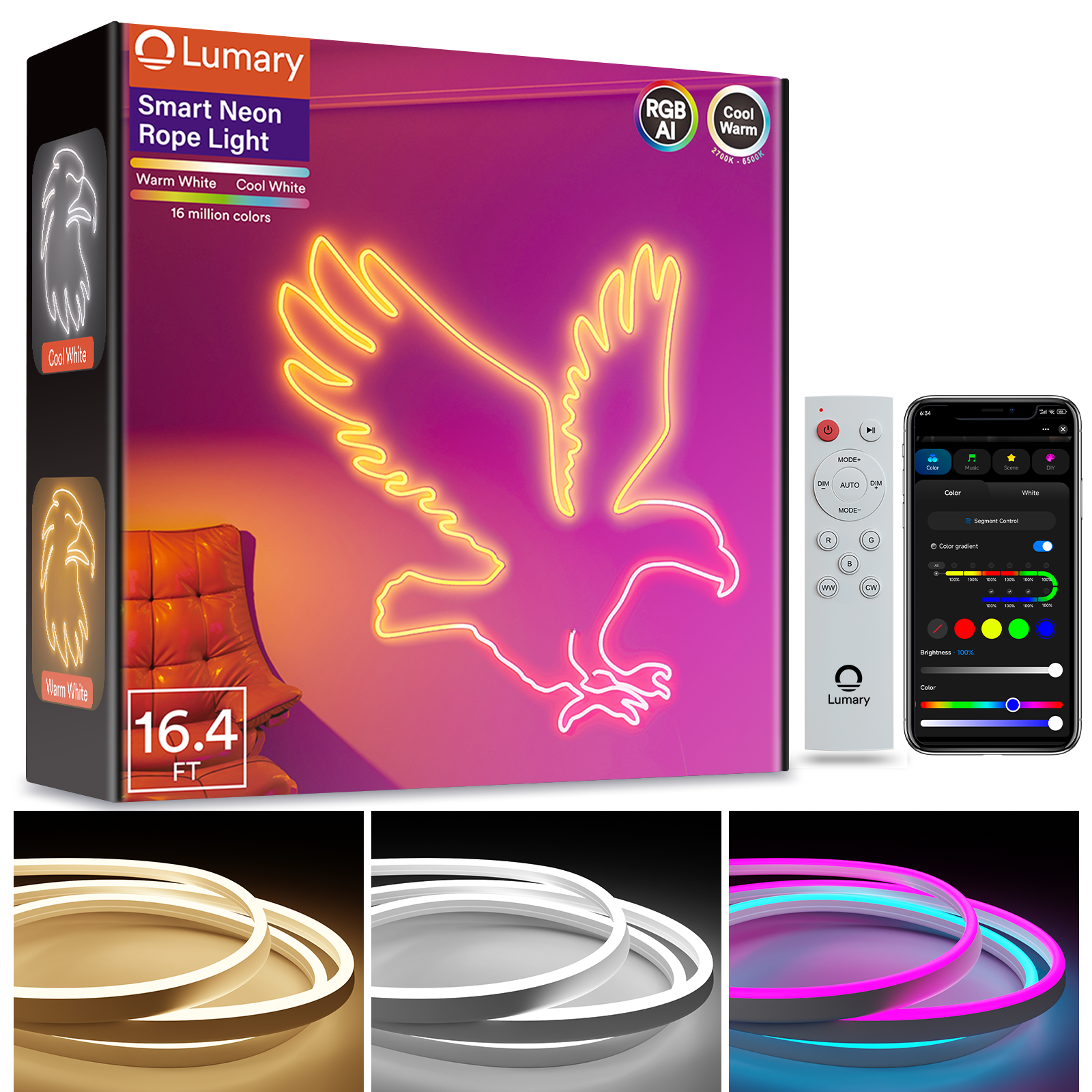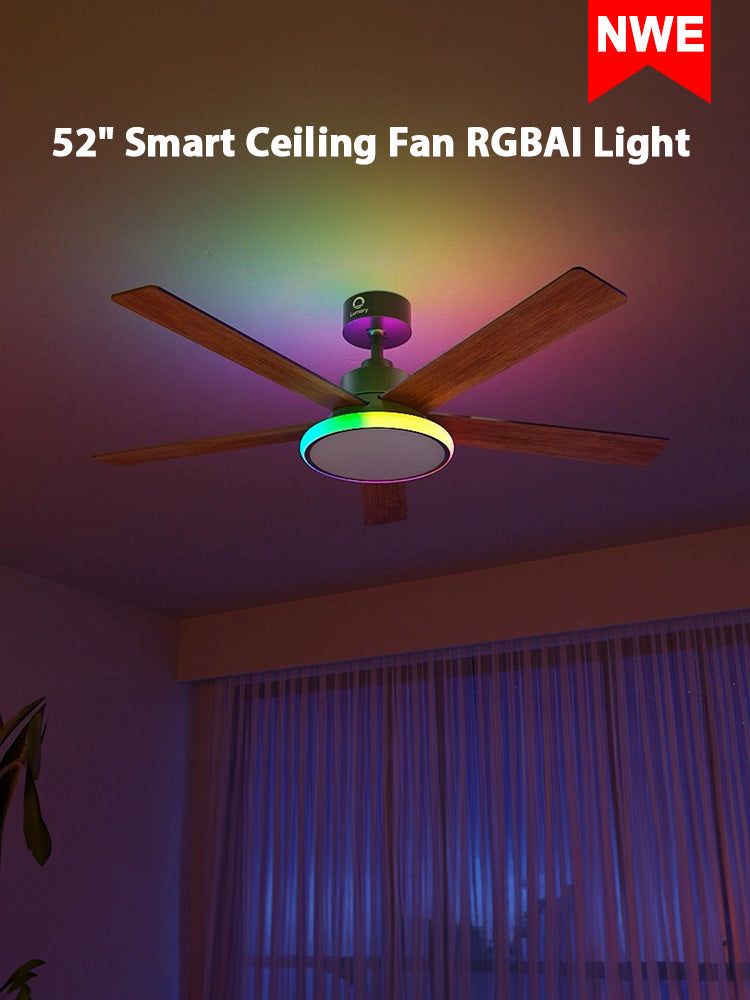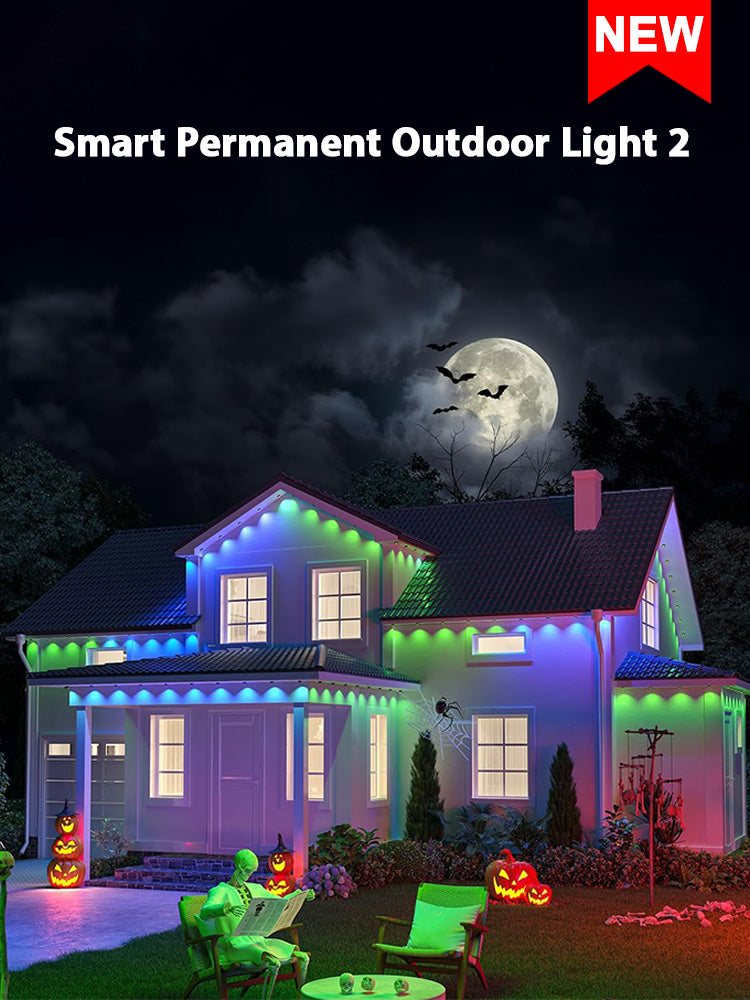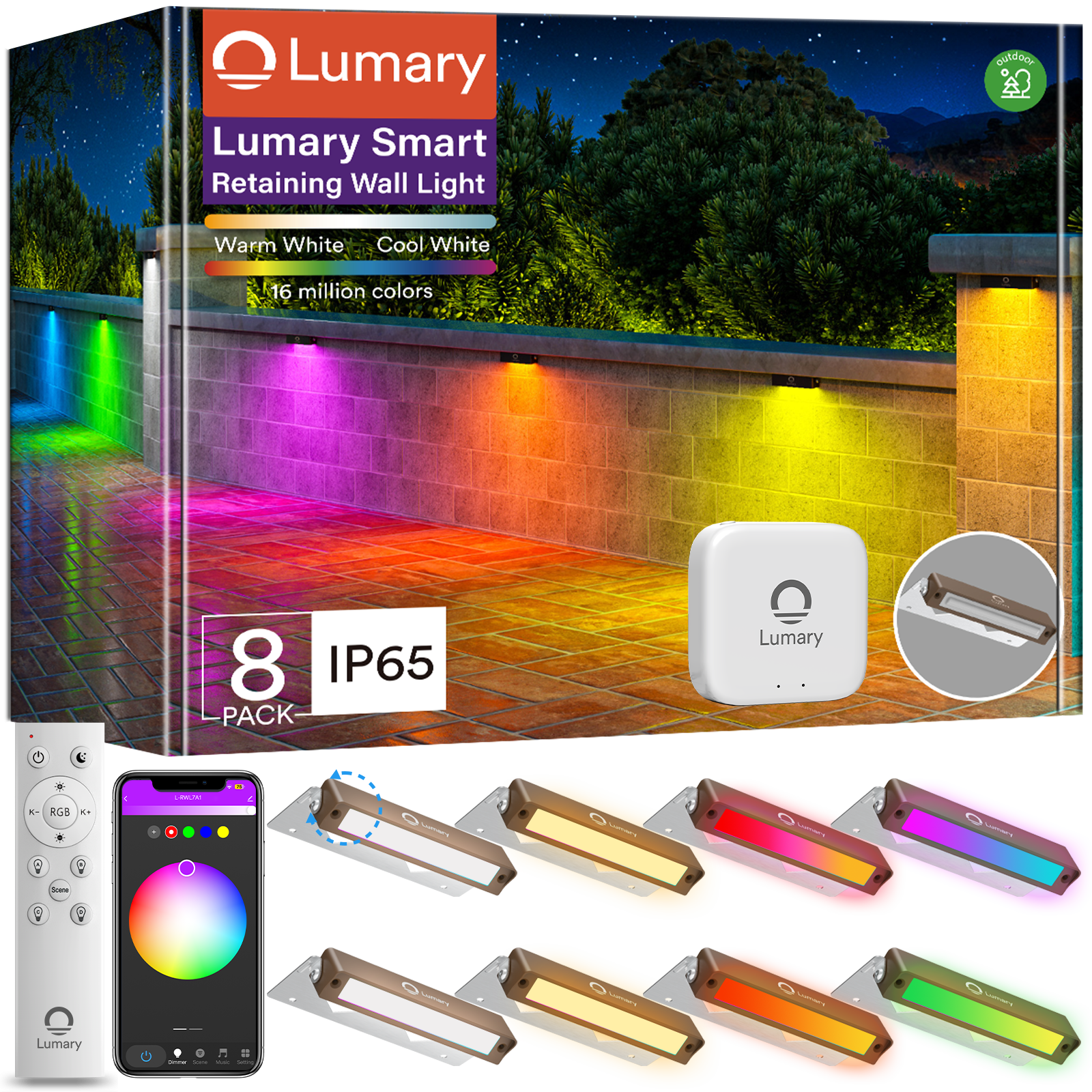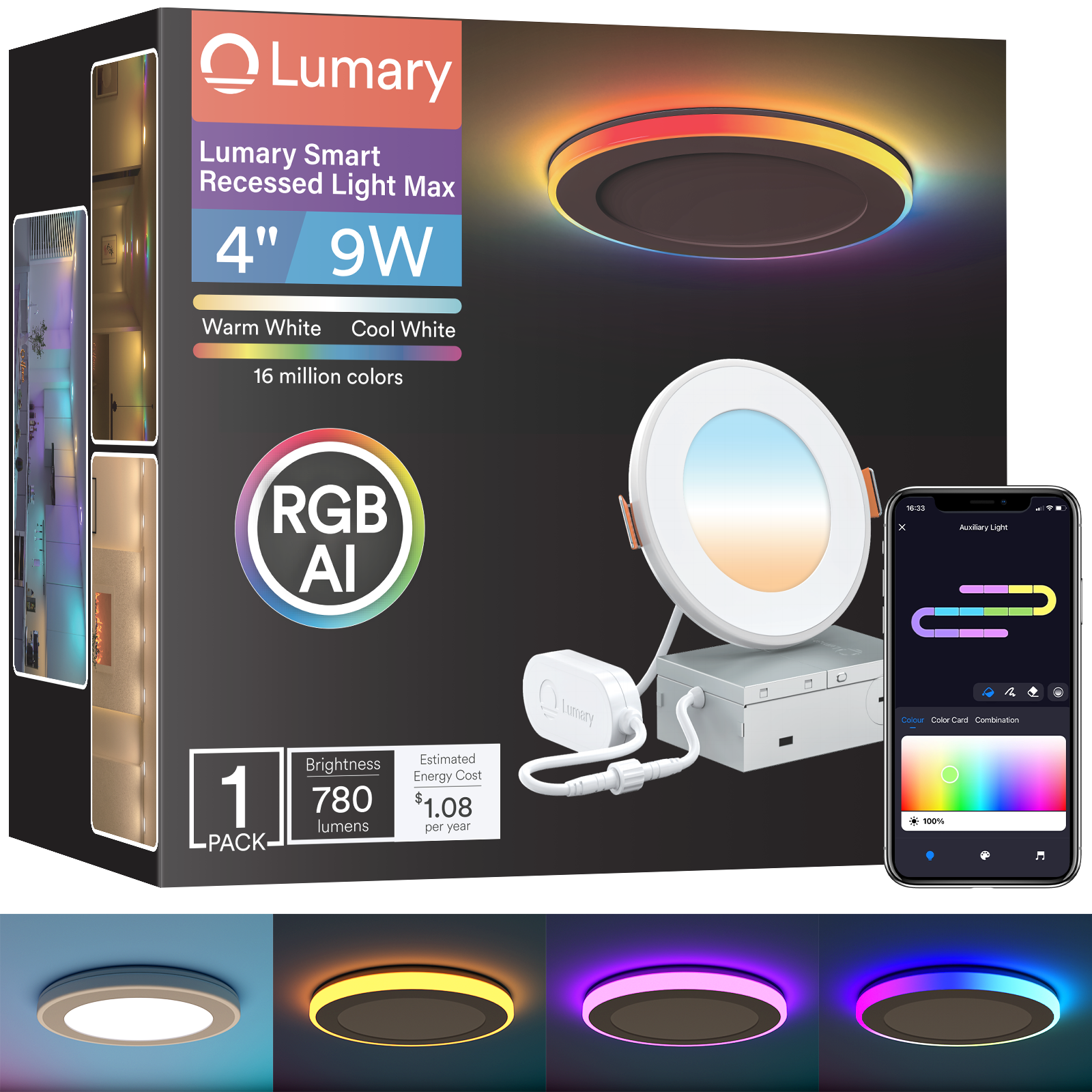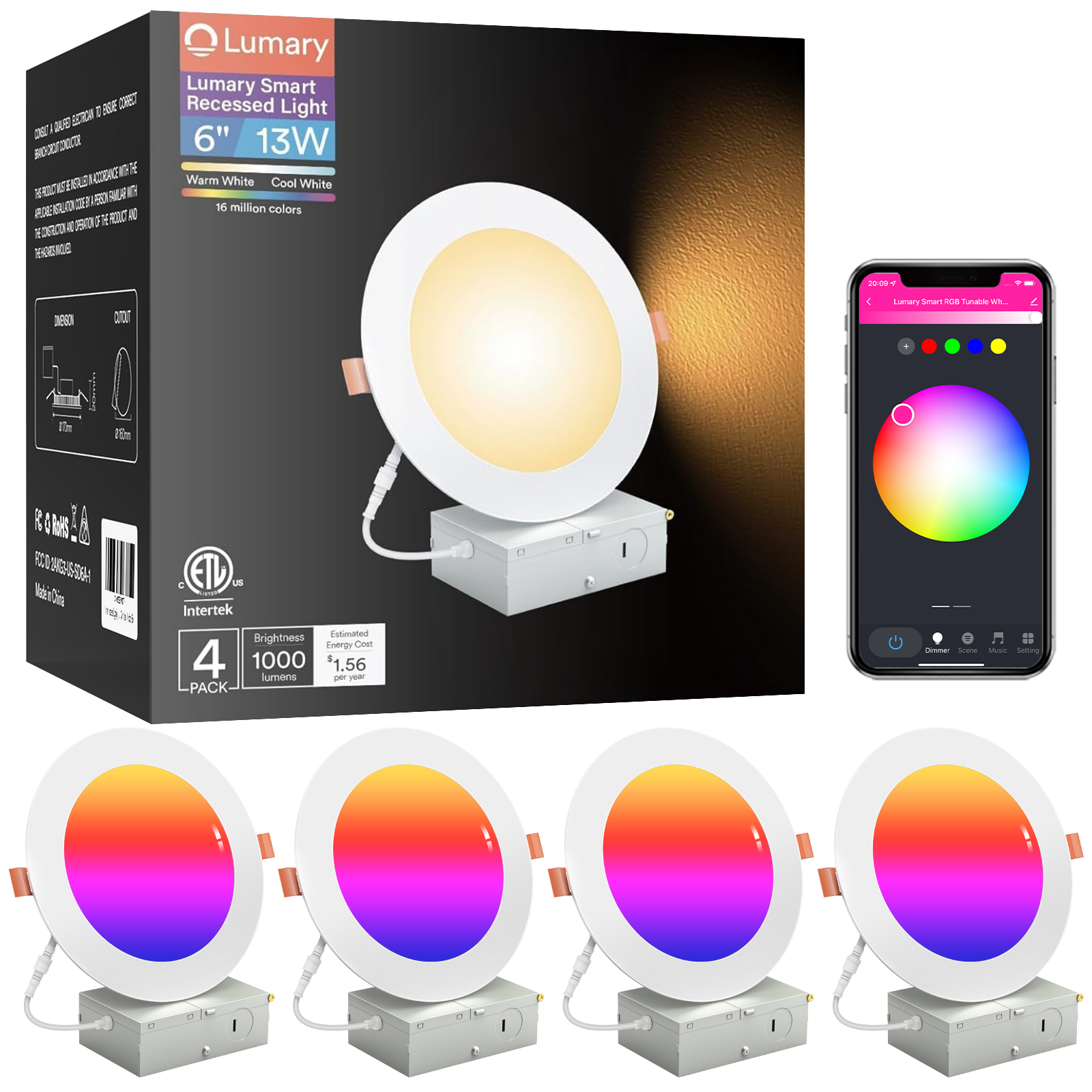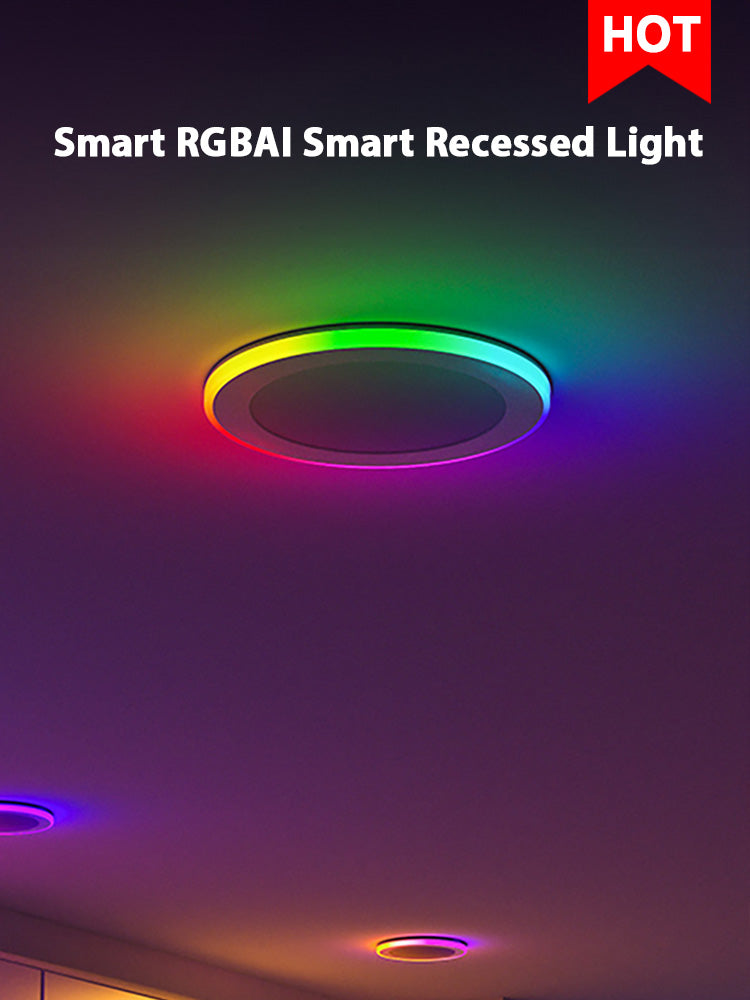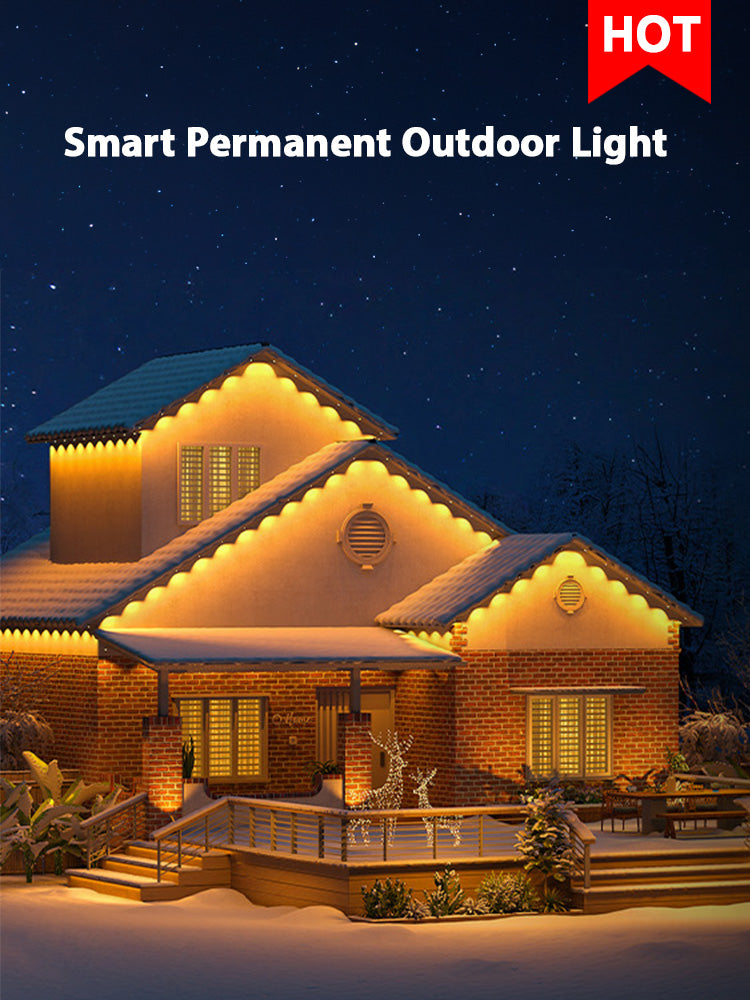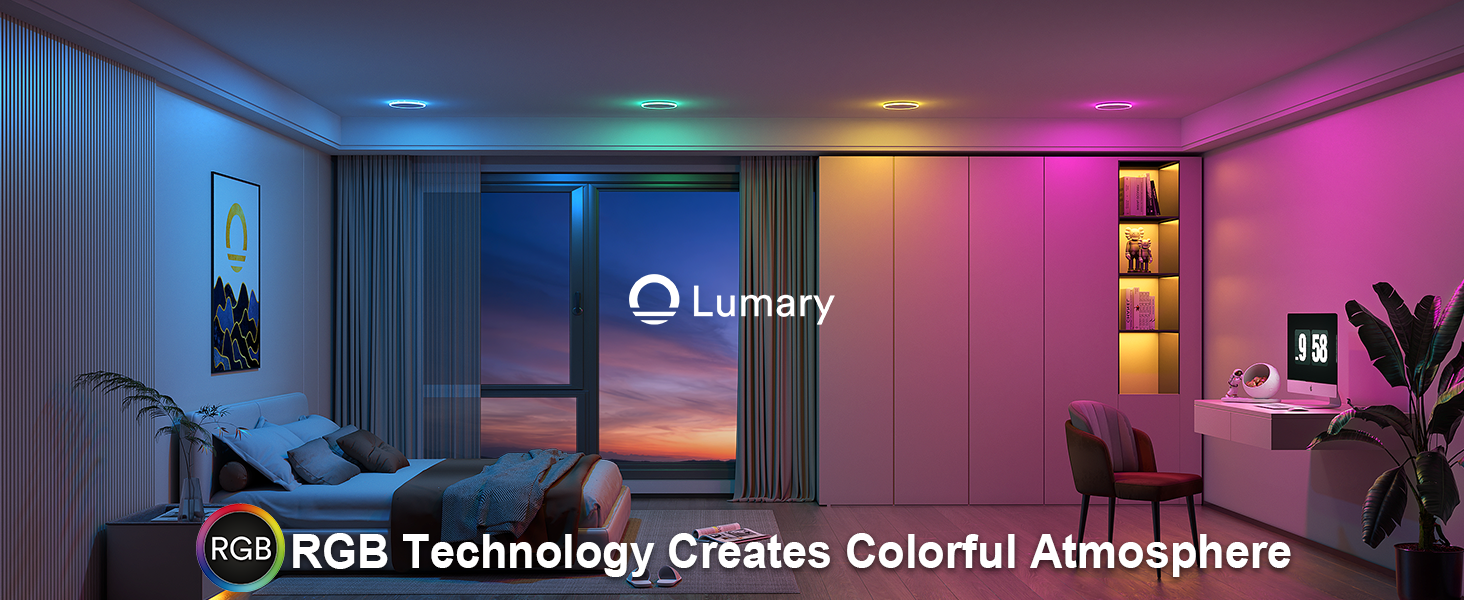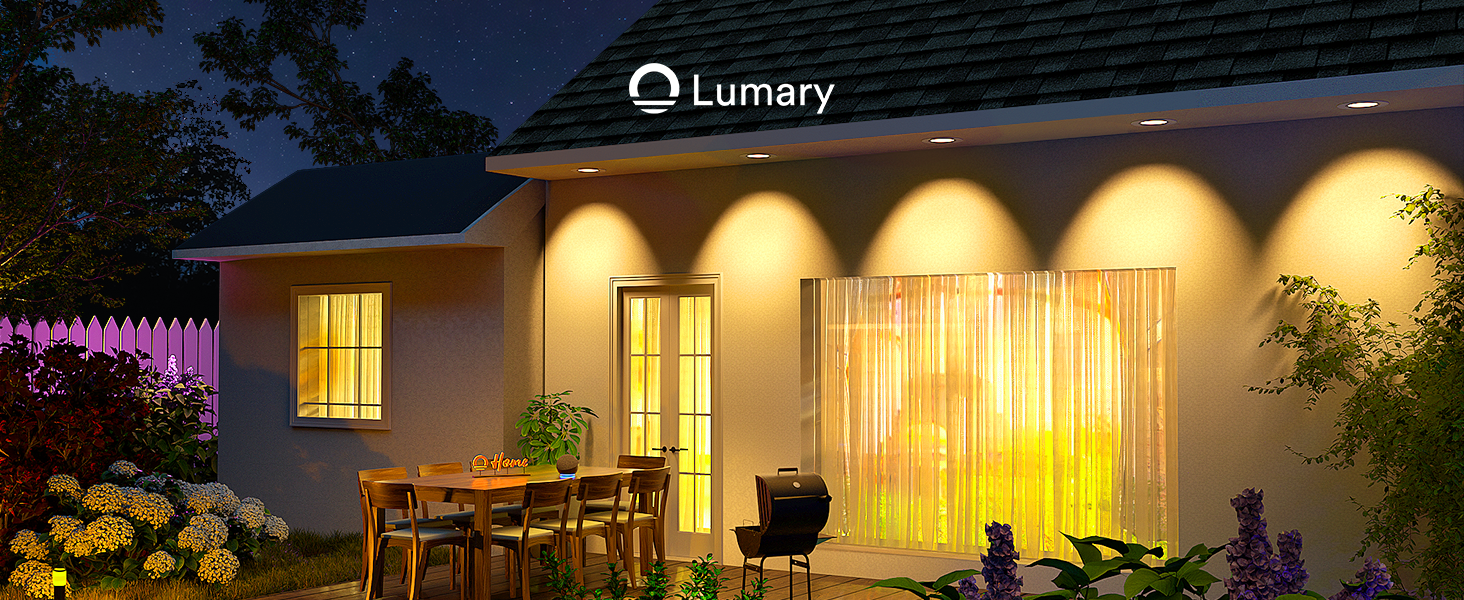Choosing the right outdoor LED lights for house isn’t just about brightening up your yard. It’s about creating a safe, welcoming space while saving energy. Outdoor lighting can make your home more secure by reducing dark spots where intruders might hide. Plus, LED lights produce less heat, so they’re safer around plants and structures. They also use 75% less energy than traditional bulbs, cutting down your bills. With their long lifespan, you’ll spend less time replacing them and more time enjoying your beautifully lit home. Whether you’re hosting a party or relaxing on the patio, the right outdoor LED lights for house set the perfect mood.
Key Takeaways

-
Pick outdoor LED lights with a strong IP rating. IP65 works for most weather, while IP67 or higher is best for harsh conditions.
-
Choose the right brightness for each space. Use 100-200 lumens for walkways, 300-600 lumens for patios, and 700 lumens or more for gardens.
-
Think about color temperature to match the mood. Warm white (2000K-3000K) feels cozy, while cool white (4000K-6000K) improves safety and visibility.
-
Go for energy-saving options like solar-powered LEDs. They cut electricity costs, need less upkeep, and are better for the environment.
-
Add smart lighting systems for more control. These let you adjust brightness and colors using apps, making it easy to set the mood for any event.
Weatherproofing and Durability
When it comes to outdoor eaves lights, weatherproofing is one of the most important factors to consider. Your lights need to handle everything nature throws at them, from heavy rain to scorching heat. Let’s break down what makes outdoor LED lights for your house durable and reliable.
Understanding IP Ratings
Importance of IP ratings for outdoor LED lights
IP ratings, or Ingress Protection ratings, tell you how well a light can resist dust and water. This is crucial for outdoor eaves lights since they’re constantly exposed to the elements. A higher IP rating means better protection, which translates to fewer replacements and lower maintenance costs. Without proper weatherproofing, lights can fail due to water ingress or overheating, leaving your home in the dark when you need it most.
Recommended IP ratings for different weather conditions
For most outdoor spaces, an IP65 rating is ideal. It ensures your lights are dust-tight and can withstand heavy rain. If you live in areas with extreme weather, like snow or coastal environments, consider IP67 or higher. These ratings provide added protection against freezing temperatures, saltwater, and even temporary submersion. Investing in the right IP-rated lights ensures long-term performance and peace of mind.
Materials and Build Quality
Corrosion-resistant and UV-protected materials
The materials used in outdoor LED lights play a huge role in their durability. Look for lights made with UV-resistant materials to prevent fading and cracking under intense sunlight. Corrosion-resistant metals are a must for coastal homes, where salty air can quickly degrade standard fixtures. Sturdy construction also helps protect against physical impacts, like falling branches or hail.
Ensuring long-lasting performance in outdoor environments
High-quality materials and proper sealing keep your lights functioning through temperature fluctuations, rain, and wind. Poorly built lights often suffer from overheating, water damage, or structural failures. To avoid these issues, choose lights with robust designs and high IP ratings. Regular cleaning and inspection can also extend their lifespan, ensuring your outdoor eaves lights stay bright and beautiful for years.
Brightness and Lumens
Choosing the Right Brightness
Lumens guide for pathways, patios, and gardens
When picking outdoor LED lights for house, brightness is key. You don’t want lights that are too dim or overly bright. Instead, aim for the right balance based on the area you’re lighting. Here’s a quick guide:
-
For outdoor pathways, go with 100 to 200 lumens. This range provides enough light to safely guide you without being overpowering.
-
Patios and decks often need 300 to 600 lumens. This ensures a cozy yet functional space for dining or relaxing.
-
Gardens and larger landscapes may require 700 lumens or more to highlight features like trees or statues.
By choosing the right lumens per foot, you’ll create a well-lit and inviting outdoor space.
Avoiding over-illumination and light pollution
Too much brightness can ruin the ambiance and even disturb your neighbors. Over-illumination also contributes to light pollution, which affects the night sky’s natural beauty. To avoid this, focus on targeted lighting. Use fixtures that direct light downward or shield it from spreading unnecessarily. This way, you’ll keep your home well-lit without overpowering the surroundings.
Adjustable Brightness Options
Benefits of dimmable and smart lighting systems
Dimmable outdoor LED lights and smart outdoor lights give you unmatched control over brightness. Here’s why they’re worth considering:
-
They let you adjust the light level to match your mood or activity, whether it’s a lively party or a quiet evening.
-
You’ll save energy by reducing brightness when full power isn’t needed.
-
With a lifespan of up to 100,000 hours, these lights require less maintenance and fewer replacements.
Customizing brightness for different occasions
Smart outdoor lights take customization to the next level. Using wireless technology, you can control your lights through mobile apps or voice commands. Imagine dimming the lights for a romantic dinner or brightening them for a family barbecue—all without leaving your seat. Many systems even allow you to automate routines, like dimming the lights at bedtime or syncing them with music for a fun gathering. These features make it easy to create the perfect atmosphere for any occasion while keeping energy use in check.
Color Temperature and Ambiance
When choosing outdoor LED lights for house, the right color temperature can make all the difference. It not only affects how your space looks but also how functional it feels. Let’s explore how to pick the perfect temperature for your needs.
Kelvin Ranges and Their Effects
Warm white for cozy ambiance
Warm white light, typically between 2,000K and 3,000K, creates a soft and inviting glow. It’s perfect for spaces where you want to relax or entertain guests. This range enhances the beauty of your home’s architectural features and adds a touch of elegance to patios or gardens. However, it’s not the best choice for tasks requiring high visibility, like security lighting.
Cool white for security and task lighting
Cool white light, ranging from 4,000K to 6,000K, is brighter and sharper. It’s ideal for security lighting, as it improves visibility and helps you spot potential hazards. This range works well for driveways or outdoor workspaces where clarity is essential. Keep in mind, though, that cool white light can feel harsh, so it’s better suited for functional areas rather than spaces meant for relaxation.
Matching Color Temperature to Spaces
Best options for patios, gardens, and driveways
Different areas around your home benefit from specific color temperatures:
-
Patios and decks: Use warm white light to create a cozy and welcoming atmosphere for gatherings.
-
Gardens: Highlight plants and pathways with a mix of warm and cool tones for a balanced look.
-
Driveways: Opt for cool white light to enhance visibility and improve safety.
By tailoring the color temperature to each space, you’ll achieve both functionality and style.
Combining multiple temperatures for layered lighting
Layered lighting adds depth and dimension to your outdoor spaces. Combine warm white lights for ambient lighting with cool white lights for task or security lighting. For example, use warm tones to illuminate seating areas and cool tones for pathways or entry points. This approach ensures your outdoor setup is both practical and visually appealing.
Tip: Experiment with different temperatures to find the perfect balance for your outdoor spaces. Smart lighting systems make it easy to adjust and customize your setup.
Energy Efficiency and Power Options
When it comes to outdoor eaves lights, energy efficiency and power options are key factors to consider. Choosing the right setup can save you money, reduce maintenance, and even help the environment. Let’s explore the best power sources and energy-saving features for your home.

Comparing Power Sources
Solar-powered LEDs for eco-friendly lighting
Solar-powered LEDs are a fantastic choice if you want to go green. These lights collect solar energy during the day and use it to illuminate your outdoor spaces at night. They’re perfect for areas with plenty of sunlight, like gardens or patios. Plus, they’re low-maintenance and eliminate electricity costs. With solar-powered outdoor eaves lights, you can enjoy beautiful lighting while reducing your carbon footprint.
Plug-in vs. battery-powered options
Not sure whether to go with plug-in or battery-powered lights? Here’s a quick comparison:
|
Aspect |
Solar-Powered LEDs |
Battery-Powered LEDs |
|---|---|---|
|
Initial Cost |
Higher due to photovoltaic technology |
Generally lower, no solar technology involved |
|
Long-term Cost Savings |
Significant savings on electricity bills and maintenance |
Requires regular battery replacements, leading to ongoing costs |
|
Maintenance |
Low maintenance required |
Higher maintenance due to battery changes |
|
Efficiency |
Utilizes renewable energy, more sustainable |
Dependent on battery life and replacement frequency |
Plug-in options are great for consistent power, while battery-powered lights offer flexibility. Choose what works best for your outdoor setup.
Energy-Saving Features
Motion sensors and timers for efficiency
Motion sensors and timers are game-changers for energy efficiency. Motion sensors activate lights only when movement is detected, saving energy by preventing unnecessary use. Timers let you schedule when your lights turn on and off, ensuring they’re not left on all night. These features are especially useful for entrances, driveways, and pathways. They not only save energy but also extend the lifespan of your outdoor eaves lights.
Tip: Installing motion sensors on your outdoor lights can significantly lower your electricity bills while keeping your home secure.
LED lifespan and cost savings over time
LED lights are incredibly energy-efficient. They use up to 90% less energy than traditional bulbs and last much longer. This means fewer replacements and lower maintenance costs. Over time, these energy-efficient lights can save you a significant amount of money. Plus, they emit less heat, making them safer for outdoor use. By investing in smart outdoor lights with energy-saving features, you’ll enjoy a brighter, more efficient home.
Design and Functionality
Aesthetic Considerations
Matching designs to your home’s exterior
Outdoor LED lights can do more than brighten your yard—they can complement your home’s style. Matching the design of your lights to your home’s architecture creates a cohesive look. Here are some ideas:
-
Wall-mounted LED lights work beautifully with classic or vintage homes. They blend seamlessly with traditional designs.
-
LED strips or ribbons are versatile. Use them to highlight specific areas with a soft glow or vibrant colors.
-
Choose fixtures that fit the size of your space. Oversized lights can overwhelm small areas, while tiny fixtures might get lost in larger spaces.
-
Neutral-colored fixtures like black, white, or metallic finishes are safe bets. They pair well with most architectural themes.
For modern homes, matte black or brushed nickel finishes with cool-toned LEDs (4000K to 5000K) look sleek. Coastal homes shine with white or powder-coated aluminum finishes paired with soft LEDs (2700K to 3000K). If you have a mid-century modern home, simple matte finishes and warm LEDs (around 3000K) keep the aesthetic clean and timeless.
Popular trends in outdoor LED lighting for 2025
This year, outdoor LED lighting trends focus on blending style with function. Warm-toned string lights are a favorite for creating cozy ambiances. Pathway lights enhance safety while adding charm. Accent lighting highlights landscape features like trees or statues, making your yard stand out. Smart control options are also trending. They let you customize settings to match your mood or occasion.
Another trend is integrating lights into architectural features. Think pergolas, pathways, or even water features. These setups not only improve safety but also create stunning visual effects, especially during winter.
Installation and Flexibility
Easy-to-install options for DIY setups
Installing outdoor LED lights doesn’t have to be complicated. Many options are perfect for DIY enthusiasts. Start by planning your layout. Identify key areas like pathways, gardens, or patios that need lighting. Gather basic tools like a drill, wire cutters, and strippers. These will make the process smoother.
When choosing lights, go for plug-and-play options. They’re easy to set up and don’t require professional help. Solar-powered LEDs are another great choice. They don’t need wiring, making them ideal for quick installations.
Flexible designs for creative lighting arrangements
The best outdoor LED lights offer flexibility. This allows you to get creative with your setup. For example, LED strips can wrap around trees or line pathways. Spotlights can highlight statues or water features.
Look for lights with adjustable heads or mounting options. These let you direct light exactly where you need it. If you want the best length and flexibility, consider string lights or modular systems. They’re easy to rearrange, so you can change your setup whenever you like.
Tip: Experiment with different layouts to find what works best for your space. Flexible designs make it easy to refresh your outdoor look without much effort.
Best Outdoor LED Strip Lights
When it comes to outdoor eaves lights, strip lights are a versatile and stylish option. They can transform your outdoor spaces with their vibrant colors and customizable features. Let’s dive into what makes the best outdoor led strip lights stand out and explore some top recommendations for 2025.
Features to Look For
Durability and weather resistance
Outdoor led strip lights need to withstand the elements. Their durability depends on their IP rating, which measures resistance to water and dust. Here’s a quick guide to help you choose the right one:
|
IP Rating |
Suitable For |
Water Resistance |
Dust Resistance |
|---|---|---|---|
|
IP65 |
Basic outdoor use (patios, gardens) |
Resistant to rain and splashes |
Protected against dust |
|
IP67 |
Heavy rain or sprinkler exposure |
Immune to temporary submersion |
Full protection from dust |
|
IP68 |
Extreme conditions (coastal areas) |
Fully waterproof, withstands submersion |
Complete dust protection |
Choosing a higher IP rating ensures your outdoor led strip lights last longer, even in harsh weather.
Brightness and color customization
The best outdoor led strip lights offer adjustable brightness and a wide range of colors. Here’s why these features matter:
-
Brightness: Measured in lumens, it determines how well-lit your space will be. For patios, aim for 30-50 lumens. Pathways need 50-100 lumens, while driveways benefit from 100-150 lumens.
-
Color Options: Multicolor lights let you create different moods. Whether you want a warm glow for a cozy evening or vibrant colors for a party, these lights have you covered.
Top Recommendations
Lumary Smart RGBAI Landscape Lights Pro
The Lumary Smart RGBAI Landscape Lights Pro is a game-changer in outdoor led strip lights. It offers 3000 lumens of brightness and a 36W output, making it perfect for illuminating pathways, trees, and seasonal displays. With RGBW technology, you can enjoy a warm 2200K amber glow or choose from 16 million colors to match any occasion.
What sets this product apart is its individual light control. You can adjust each spotlight through the Lumary App, voice assistants like Alexa, or a remote. Its IP65 rating ensures durability, while features like music sync and timer scheduling add convenience. With a 65-ft length, it’s ideal for creative setups. Whether you’re hosting a celebration or relaxing outdoors, this light delivers both style and functionality.
Choosing the best outdoor LED lights for your house involves balancing weatherproofing, brightness, color temperature, energy efficiency, and design. Start by assessing your needs. Think about brightness levels for pathways or patios, and pick warm or cool lighting based on the space. Don’t forget durability—IP ratings and sturdy materials ensure your lights last. High-quality LEDs save you money over time by cutting energy bills and reducing replacements. They can last up to 100,000 hours and consume 80% less energy. Investing in these lights enhances your home’s ambiance while keeping it safe and efficient.
FAQ
What does an IP rating mean for outdoor LED lights?
An IP rating measures how well a light resists dust and water. For outdoor use, look for IP65 or higher. This ensures your lights can handle rain, dust, and other weather conditions without failing.
How do I choose the right brightness for my outdoor space?
Match lumens to the area. Pathways need 100-200 lumens, patios 300-600 lumens, and gardens 700 lumens or more. Avoid over-illumination to prevent light pollution and maintain a cozy ambiance.
Are solar-powered LED lights reliable?
Yes! Solar-powered LEDs are eco-friendly and cost-effective. They work best in sunny areas, storing energy during the day to light up at night. They’re low-maintenance and perfect for gardens or patios.
Can I control outdoor LED lights with my phone?
Absolutely! Many smart LED lights, like the Lumary Smart RGBAI Landscape Lights Pro, let you control brightness, colors, and schedules through apps. Some even sync with Alexa or Google Assistant for voice commands.
How do I install outdoor LED lights myself?
Choose plug-and-play or solar-powered options for easy DIY setups. Plan your layout, gather basic tools, and follow the instructions. Flexible designs like LED strips make installation simple and allow creative arrangements.
Tip: Always check the IP rating and materials to ensure your lights can handle outdoor conditions.

